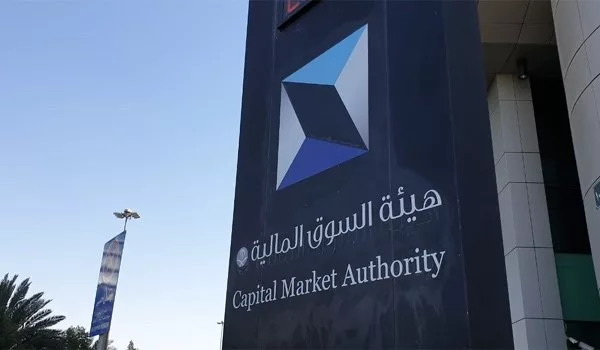The Capital Markets Authority (CMA) of Saudi Arabia reports a remarkable surge in foreign investments in the country’s capital market, reaching SR347.01 billion ($92.53 billion) in 2022. This staggering figure represents a substantial 300 percent increase from the SR86.86 billion recorded in 2018 and underscores the success of the Kingdom’s economic diversification plans. Foreign investments in 2022 constituted 14.2 percent of the total free float value in the primary market, signifying a growing international confidence in the Saudi market. Abdullah Binghannam, Deputy President of CMA for Listed Companies and Investment Products, emphasizes the pivotal role of these investments in strengthening the Saudi capital market both regionally and internationally. He highlights the CMA’s concerted efforts over the past five years to make the market more attractive to foreign investors, citing initiatives such as direct investment in debt instruments and the approval of instructions for International Central Securities Depositories.
The transformative impact of these foreign investments extends beyond the primary market, with significant rises in foreign investor ownership in the Saudi debt instruments market. The CMA’s proactive measures, including opening the market to direct foreign investment in 2015, have contributed to a substantial increase in daily foreign investor participation, exceeding 17 percent in 2022 compared to less than 4 percent initially. Qualified Foreign Investor ownership has surged by an exceptional 1877 percent, reaching SR271.23 billion in 2022. In this landscape of increasing international confidence, the Kingdom’s capital market has evolved into an attractive destination for global investors, aligning with broader economic visions for growth and diversification.
The CIPP indicated investments worth $97.3 billion were needed to achieve the targets, including $66.9 billion for 400 projects which need to start by 2030 at the latest.
Michael Kleine, the U.S. charge d’affaires in Jakarta, said the JETP funding was expected to “jump start” energy transition investment and attract more financing.
Some environmentalists, however, were concerned about the large portion of commercial loans in the mix.

